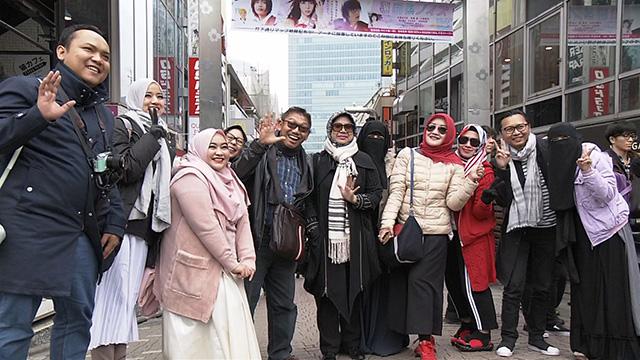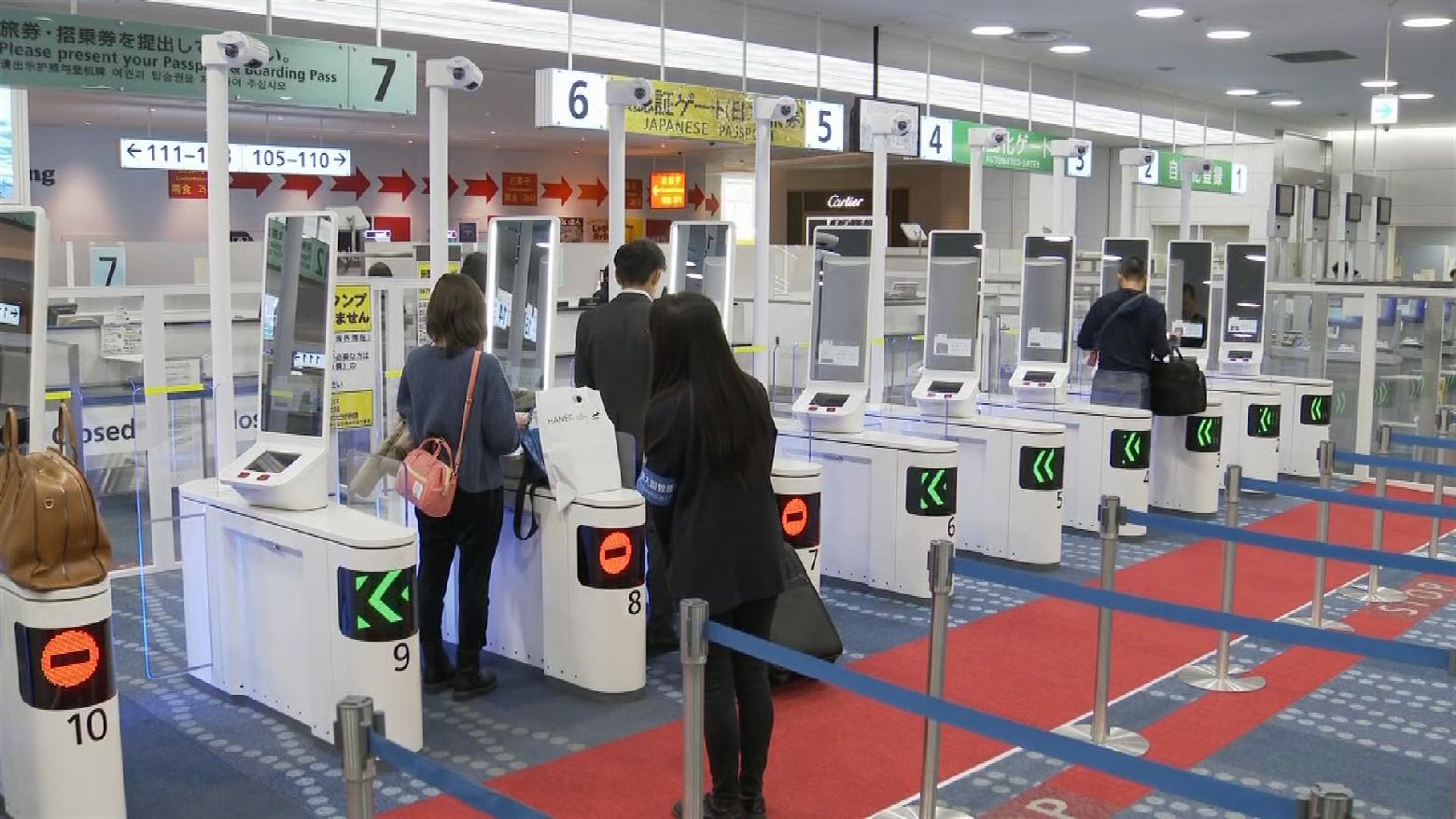Public reaction

Asked what they think of the new tax, most visitors we talked to said they don't mind paying it, as long as it improves their travel experience.
A tourist from Thailand said the tax was understandable as long as the government puts it to some good. A Canadian tourist said their approval also depends on what the government does with the revenue. A traveler from London pointed out that many countries charge a departure tax.

Australia charges a departure tax of 60 dollars and uses the revenue in immigration control and tourism. Japanese tourism officials say China, Britain and South Korea are among the countries that have introduced a similar tax.
Why a tax now?
The tax is in response to the rapid growth in tourism. The number of visitors to Japan last year hit a record high, topping 30-million. That's triple what it was five years earlier. Revenue from the tax is expected to be used to improve systems for managing the tourism influx.

The Japanese government is expecting to collect about 6 billion yen, or 55 million dollars in revenue from the tax during the last three months of this fiscal year, ending in March. Projections for fiscal 2019 show revenue reaching 50 billion yen or about 460 million dollars.
How the revenue will be used
Government officials say they will be increasing the number of immigration gates with automated facial recognition. This system is already in place at 5 airports, including Haneda and Narita, for Japanese travelers. The new gates will be installed for visitors leaving Japan, stepping up security and speeding up the process.
The new revenue will also be used to boost tourism resources. These include multilingual information for visitors to national parks and cultural sites, and increased access to Wi-fi.

An expert's view of the tax

Keisuke Murayama is president of a tourism consulting firm and serves as an advisor on government projects.
"Japan was allocating less money for tourism than other countries, so I think the government deserves praise for trying to securing funding," he said. He notes that Japan's hosting of World Cup rugby this year and the Tokyo Olympics and Paralympics in 2020 will further boost tourism. "The government should not only focus on raising those numbers, but on increasing visitor satisfaction and boosting consumption," he said.
Murayama also points to the acute labor shortage at hotels, inns and retailers serving tourists from overseas. He said more tax revenue should be allocated to human resource development in the tourism sector.
The government aims to increase the number of inbound tourists to 40 million by 2020, so travelers will be watching how the new tax on departures improves services.

